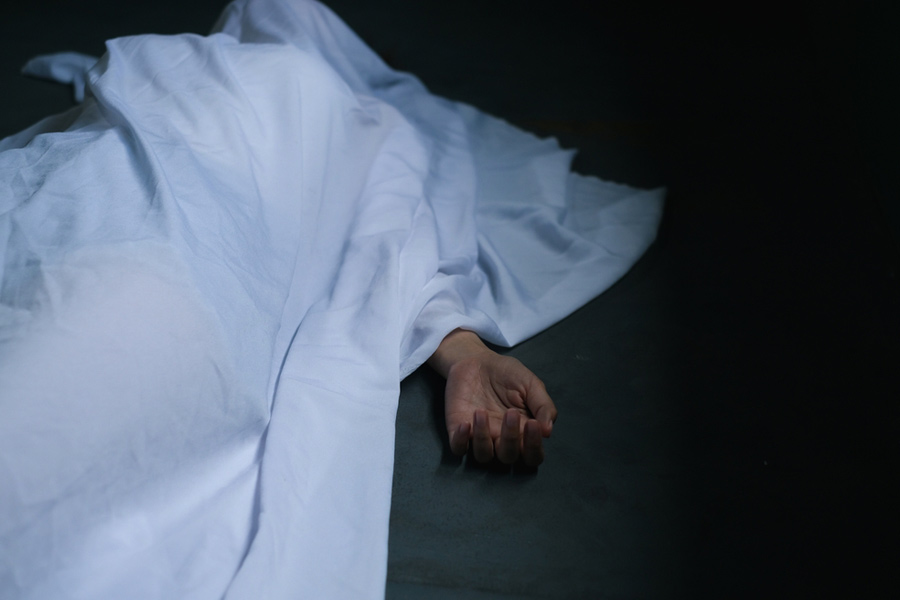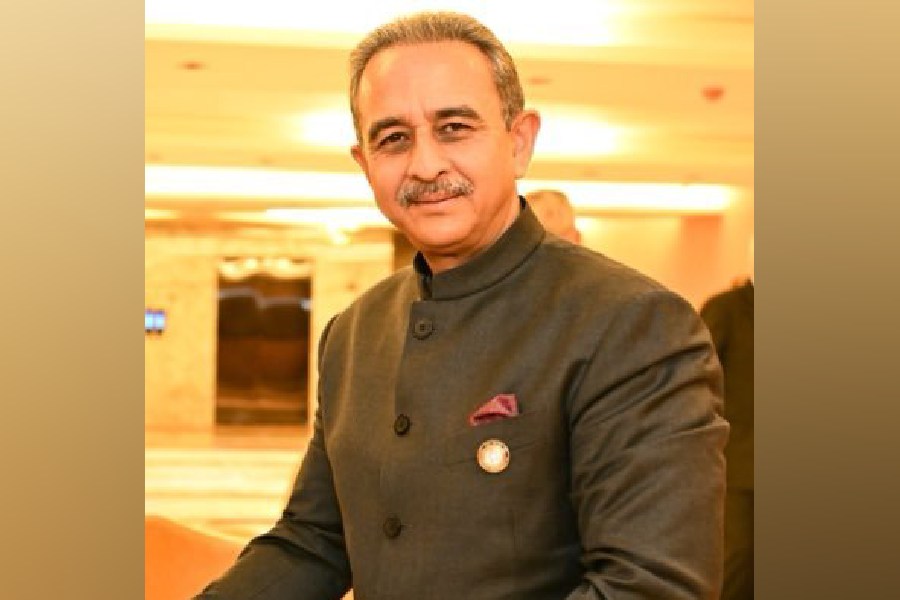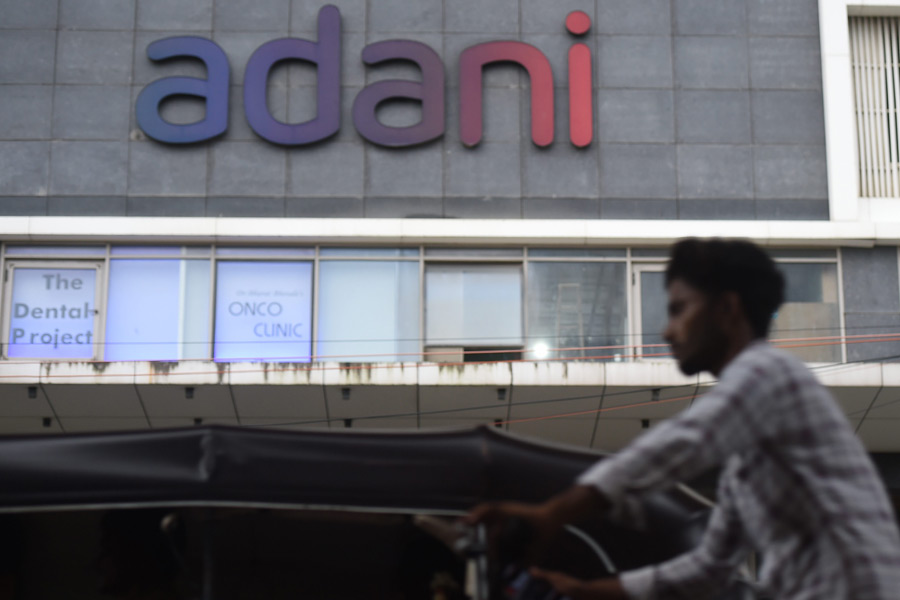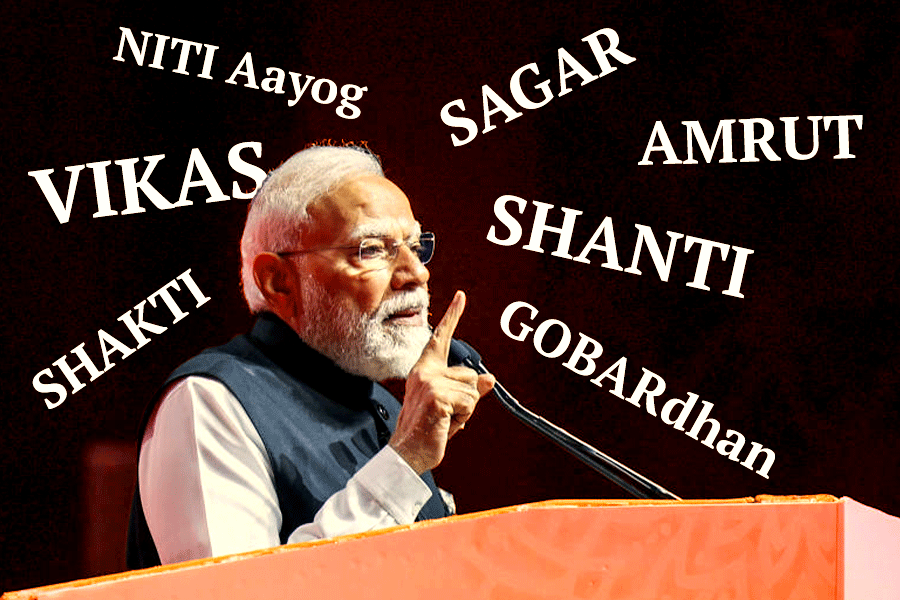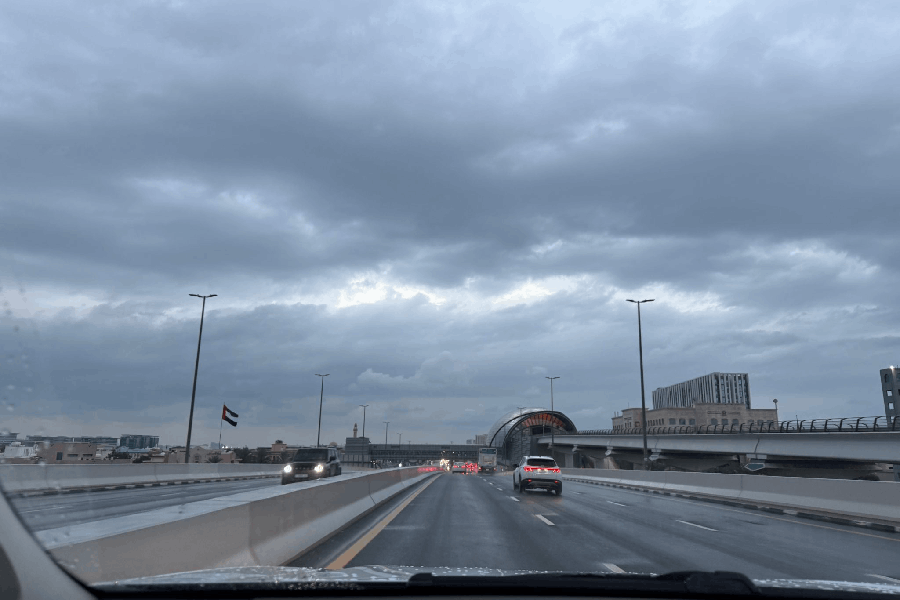Sikkim, which has the highest rate of suicides in the country, is planning to implement health and wellness programmes at the school level at a time when a spate of suicides has been reported across the Himalayan state in the past week.
According to the National Crime Record Bureau (NCRB) data of 2022, Sikkim had the highest suicide rate of 43.1 suicides per lakh population.
The national average is 12.4.
In comparision, Bengal had a suicide rate of 12.8. Bihar recorded the lowest suicide rate at 0.6.
Sources said that the Sikkim state government has collaborated with the Centre for Mental Health Law and Policy, which is based in Pune, Maharashtra, as part of the mental health and suicide reduction initiative.
The move assumes urgency in a state rocked by suicides of late. Sources said that Sikkim recorded four suicides in a single day on February 14.
The youngest person who committed suicide, according to local media reports, was a 13-year-old student.
“A school health and wellness programme will be implemented in the state. The health department is also working on enhancing the curriculum and partnering under the Rashtriya Kishore Swasthya Karyakram (the RKSK, an initiative of the central government) to train teachers from various schools on aspects related to suicide prevention,” the source added.
Under the initiative, two teachers from each school (both government and private) will be trained to promote mental well-being among students.
Citing media reports, the Sikkim BJP said that 15 suicides were reported in Sikkim within a week.
Those committing suicides in the past week came from almost all age groups.
They included teenagers and young adults as well the middle-aged and the elderly. A 71-year-old reportedly jumped off the Rothak bridge in Soreng district.
“This crisis demands immediate and decisive action,” said Niren Bhandari, the media in-charge of the BJP in Sikkim.
“The government is adopting a community-driven approach to address mental health challenges,” said a source.
Many in Sikkim expressed concern over high suicide and low fertility rates.
“Sikkim INSPIRES is working on addressing both these issues. It has a technical collaboration with the World Health Organisation to enhance sexual and reproductive health services across the state,” said a source.
Sikkim Integrated Service Provision and Innovation for Reviving Economies (INSPIRES) is a programme of the state government supported by the World Bank aimed at delivering economic opportunities for women and youth. The programme is to be implemented over five years with a budget of around ₹1,900 crore with the World Bank providing around ₹830 crore in loan assistance.
Nine government departments are involved in this programme with the planning and development department acting as the nodal department.
Mental health experts have said that suicide among teens is often an impulsive step that happens after a stressful or life-altering event. These can include academic failure, humiliation or bullying or cyberbullying, problems in adjusting to school/college life, the death of a loved one, break-up with a romantic partner, social media pressures, disruptions in their home life or physical, mental or sexual abuse.
Before trying to take their own life, a young person may have thoughts of wanting to die. This is called suicidal ideation.
Parents, teachers or authority figures need to understand the signs of a teenager prone to suicidal thoughts, experts have said.

